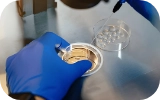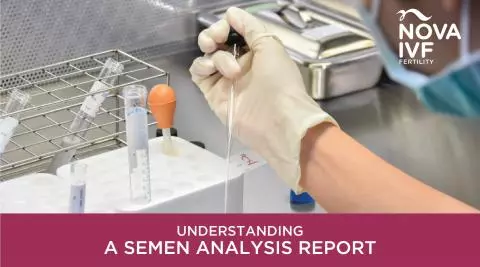Treatment for Leukocytospermia
The main aim of treating this condition is to lower white blood cell levels in semen. This can improve sperm functioning and make it easier for a couple to conceive. Some simple lifestyle changes can go a long way in this effort. These changes include:
- Quit smoking and the use of any other tobacco-based products
- Stop drinking alcohol
- Quit marijuana use
- Ejaculate more frequently
- Take antioxidant supplements that contain vitamin C, vitamin E, Glutathione and Coenzyme ubiquinol-10 (CoQ10)
If the condition is caused by an underlying bacterial infection, a course of antibiotics may be prescribed. The entire course of these antibiotics should be taken even if the symptoms subside. In some cases, Nonsteroidal anti-inflammatory medications (NSAIDs) may also be prescribed to increase sperm count.
Leukocytospermia may also be caused by physical abnormalities such as a varicocele. In such cases, surgery may be required to correct the issue. This helps reduce the white blood cell count in semen and improves semen production. In other cases where Leukocytospermia is caused by prostatic obstruction, urethral valves may need to be implanted.
Follow-up
In most cases where antibiotics are prescribed, a follow-up check is needed after about 3 months. A semen analysis will be taken at this stage to check for the presence of microorganisms that may contribute to the condition. If the treatment has not been successful, semen culture and anti-sperm antibody testing may also be needed. In some cases, NSAIDs may be prescribed for up to a month.
 Infertility Counselling
Infertility Counselling Female Infertility Treatment
Female Infertility Treatment Andrology Treatment
Andrology Treatment Fertility Enhancing Surgeries - Female
Fertility Enhancing Surgeries - Female Fertility Enhancing Surgeries - Male
Fertility Enhancing Surgeries - Male Endoscopy Treatment
Endoscopy Treatment IUI Treatment
IUI Treatment IVF Treatment
IVF Treatment ICSI Treatment
ICSI Treatment Advanced IVF Solutions
Advanced IVF Solutions Embryology
Embryology Vitrification Egg, Embryo, Sperm Freezing
Vitrification Egg, Embryo, Sperm Freezing Preimplantation Genetic Testing (PGT)
Preimplantation Genetic Testing (PGT) Donation Program Embryo / Egg / Sperm
Donation Program Embryo / Egg / Sperm Self-cycleTM IVF
Self-cycleTM IVF

 Self-cycleTM IVF
Self-cycleTM IVF











